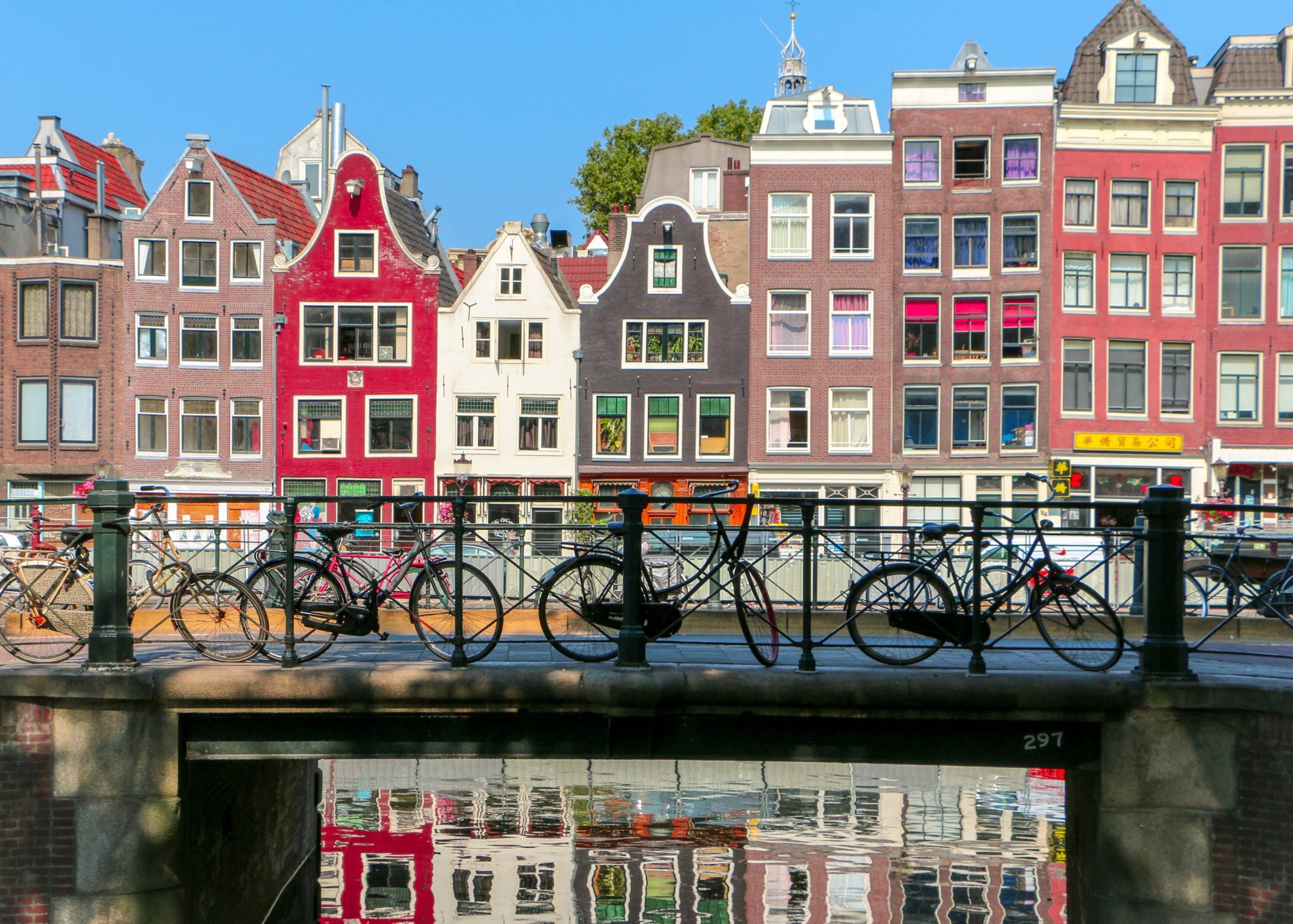CITILab: Social Investment in Milan and Amsterdam. A comparative research
Milan (metropolitan area) and Amsterdam (North Holland province) represent two post-industrial contexts exposed to similar socio-economic pressures, especially in terms of rising female employment and high-skilled labour demand, thus offering relatively favorable socioeconomic preconditions to social investment.
While developed active inclusion and upskilling policies, advanced child and elderly care services and high levels of total (81.7% in 2021) and female (77.5%) employment make the Netherlands a Social Investment vanguard country, Italy is considered ‘unfriendly’ to Social Investment policies, having weak structural social investment pre-conditions (62.7% total employment and 53.2% female employment), budgetary constraints and traditionally low funding for human capital development, work-life balance and active inclusion policies (Kazepov and Ranci, 2016).

Yet, Milan stands out from the Italian context as a virtuous case by having the highest female (63%) and total (68%) employment rates, the largest economy of the country (the third-largest economy among EU cities), as well as the highest rate of people with advanced levels of education (over 20%), all characteristics which make it a potentially suitable context for social investment innovation and a comparable context with Amsterdam. Milan is characterized by institutional and economic dynamism, administrative autonomy and higher resources compared to the national average to invest in active labour market, upskilling and inclusion policies and child and elderly care services to free women from unpaid care responsibility. Still multiple social risks are concentrated in the city. Inequality is increasingly polarized between high vs low skilled workers and protected vs insecure jobs; internal inequality, between the city’s different districts, is particularly sharp and affects intensely longterm unemployed, people with disabilities and also the female labour force (Polis Lombardia, 2018; Eurostat 2019).

Despite the increased female employment ‘quantity’, women’s job quality and horizontal and vertical segregation in specific sectors and roles still make women disadvantaged on the labour market, and this is exacerbated by the unpaid care work that falls disproportionately on them (Istat 2021).
Some of these challenges in terms of low job quality and opportunities are shared with the Dutch context, such as the gender pay gap and female involuntary part-time and temporary employment, while in terms of inequality and poverty reduction Dutch social investment policies are more advanced and effective (OECD 2018b). The comparison of strengths and weaknesses in the two contexts is essential for understanding how these challenges have been met, for measuring results and develop a social investment political agenda to fitting Milan urban context.
